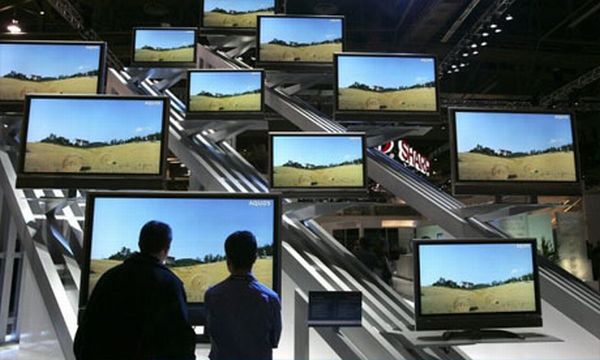
The television is perhaps the most common home appliance and has become the central piece of the home entertainment system with satellite TV receivers, DVDs, gaming consoles and even computers connected to it. The earlier CRT display TVs were power intensive, but limited in size. The advent of flat screen plasma TVs and much larger screens led to increased power needs. Globally, it is estimated that TV sets account for 6-8 percent of all energy consumed in the home. In the US, energy consumption from home TV sets is even higher at 12 percent.The arrival of new display technologies appears to have made a big difference to power consumption in the home TV.
Basing it on a data compiled on 1800 models of TV sets, Sust-it, the UK energy efficiency site, reports that energy usage in flat screen TV sets has shown an impressive 60 percent decline since 2006. Ross Llamas, the founder of Sust-it, says this improvement is from the use of LEDs to backlight the TV. LCD panel TVs have largely replaced Plasma displays that look to be on the verge of being phased out. The Sust-it study is confirmed by the magazine Which?. The editor, Martin Hocking says that his own studies show a 40-inch flat screen TV, that consumed 300 watts 3 years ago, now consumes only 70 watts. Since 2009, LED TVs have taken a 20 percent share of the 9.5 million UK flat TV market. As LED TVs consume less power than LCDs, the change to LEDs is good for reduced power consumption.
Mandatory energy labeling of TV sets are set to be introduced in the UK from December this year.This should drive TV buyers to opt for the more energy efficient sets. This trend was seen in other energy labeled products also, like air conditioners and refrigerators. The reduced power usage in flat screen TVs is the only good news in an otherwise worrisome scenario. Consumer electronics has already displaced lighting and refrigeration as the major home energy users. The sale of TV sets per home is set to go to 2.6 from an already high 2.4.
Via: Guardian




